














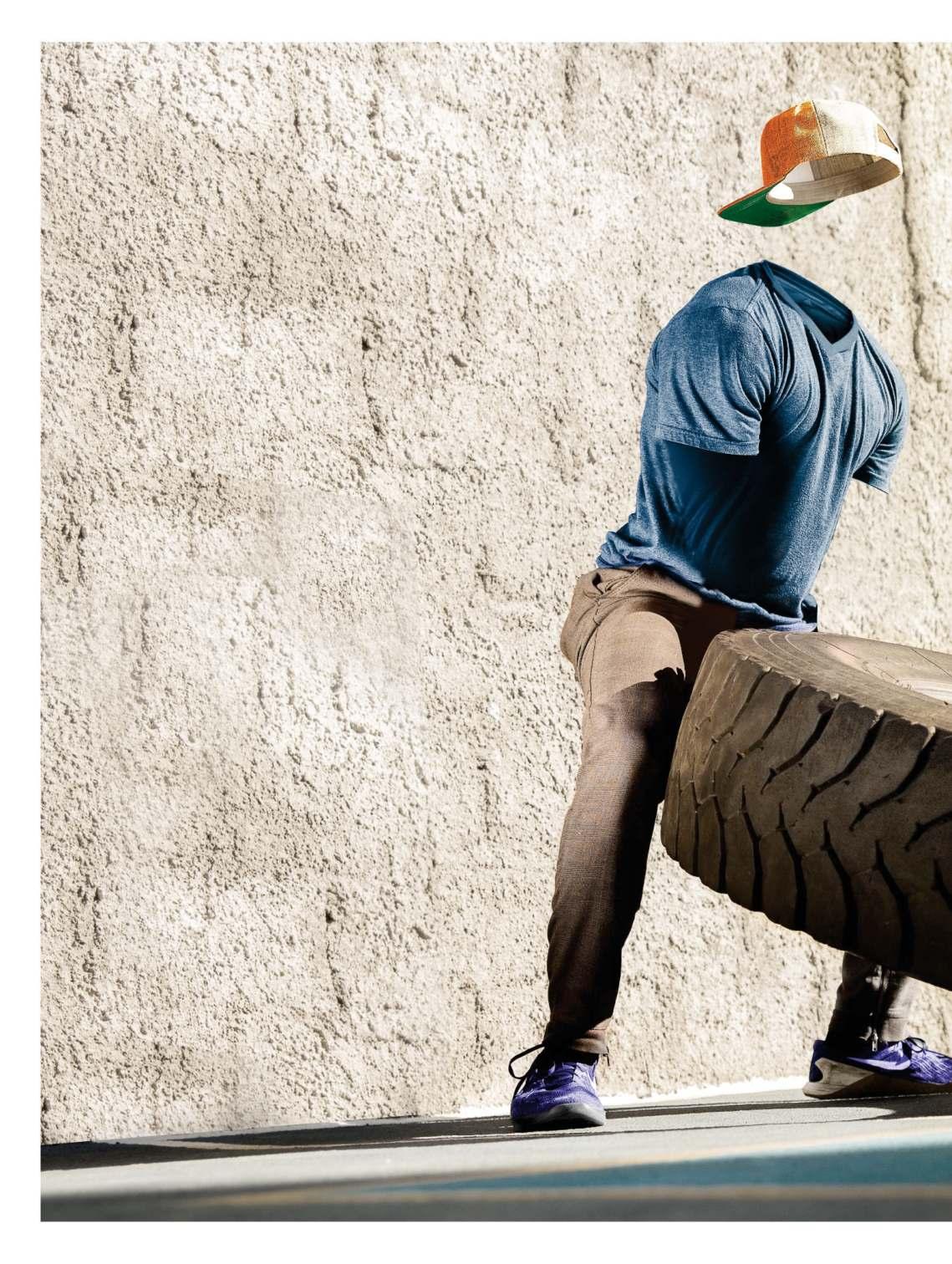

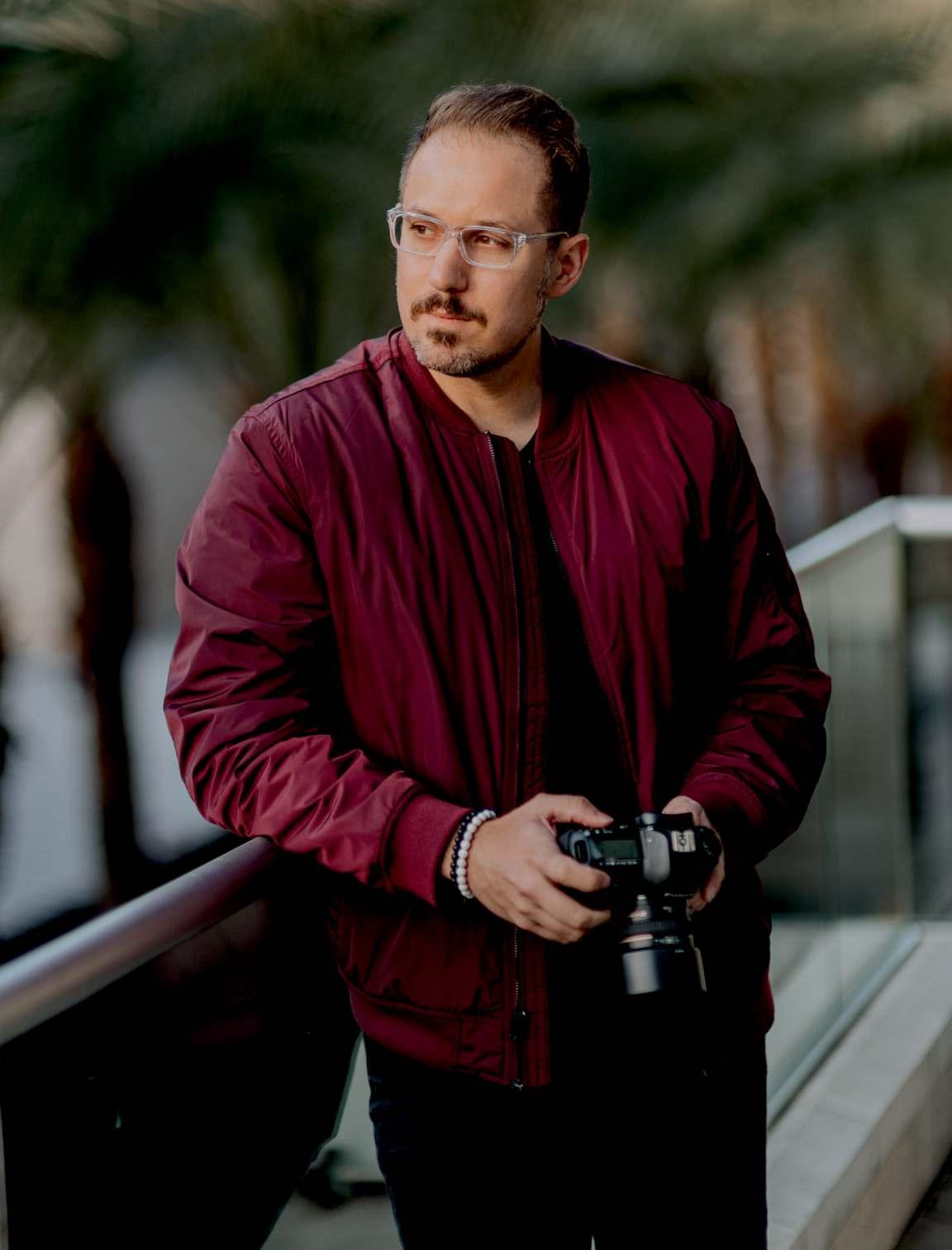
Seldom can people manage to intersect their interests in various arenas and wield magic out of it. However, some do it as effortlessly as it can get. We're talking about Mr. James Patrick, an award winning photographer, best-selling author, entrepreneur coach, podcast host, and an eclectic public speaker specializing in the domain of �itness.
Fitness is not just an activity or a way of keeping up with body norms, it's a way of life. This is what makes a real career in the �itness space a journey of discipline and tough love. To put this into Patrick's words, “I don't ever want to be a coach that simply makes my clients feel good. I want to be the coach who helps their clients produce the best results they have ever achieved in their business.”
Such persistence has also made him the author of FIT BUSINESS GUIDE: The Workout Plan for Your Brand and Fit Business Online: Establish, Market and Pro�it from Your Brand in the Fitness Industry.
Moreover, James hosts the Beyond the Image Podcast, which aims to help young entrepreneurs navigate their way into business and level it up to their best potential. He is also the publisher of Icon/Re�ined Media which includes a digital network and two publications.
In this exclusive cover feature, Exeleon Magazine highlights the journey of James Patrick – one of the Leading Fitness Coaches.
In his early business years, James tried to avoid focusing too much on himself in all aspects of life, including being labeled as a leader. He cites it as a part
of his own struggle with imposter syndrome. However, that gradually shifted when he started to teach at the college level as well as taking the stand on public speaking.
What really brought a leading change in front of James was his mentor, a university professor who personi�ied the image of a true leader in front of him. "Emulating the amazing work he did, and the impact he had on the lives of others was one of the greatest goals I could set for myself," shares James.
After graduation, James ventured out into business around 2008, when the great recession came bearing struggles not only for him but for every other businesses in the nation. He quickly rose up to the situation and made a smart move to focus speci�ically on sports portraiture and �itness photography rather than marketing himself as a conventional photographer who could take on any style of project.
James' innovative thinking paid off, and he started to quickly grow his customer base as he was the only one marketing in that particular niche. "I did not really have competition, and it was far easier to generate a growing client base quickly."
Moreover, by delivering a unique, speci�ic kind of service over an all-inone solution, James doubled his business during the recession. Fast forward to today, by offering his services in a particular niche, James has over 600 magazine covers in his portfolio.
Highlighting the growing challenges of any business, James shares that
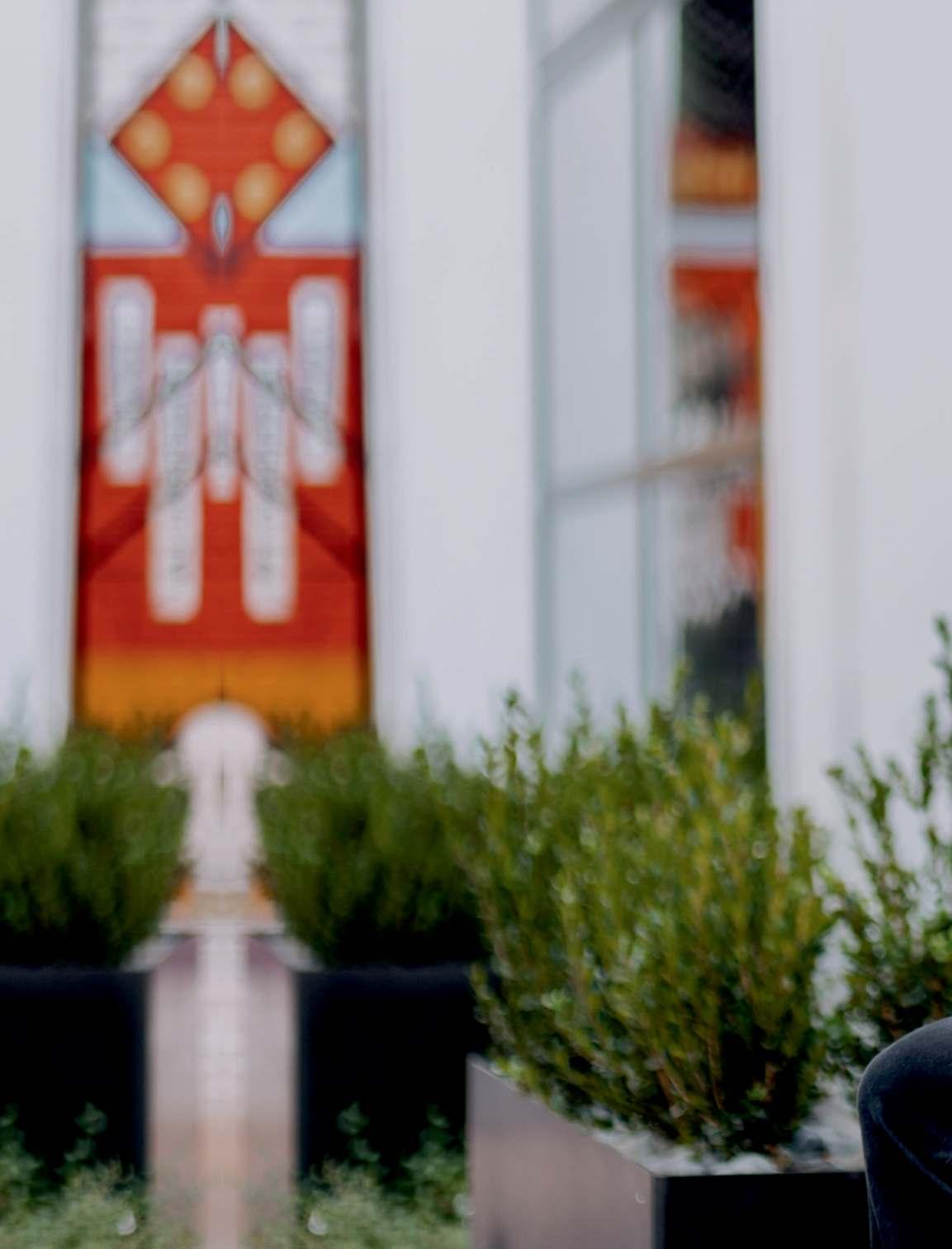
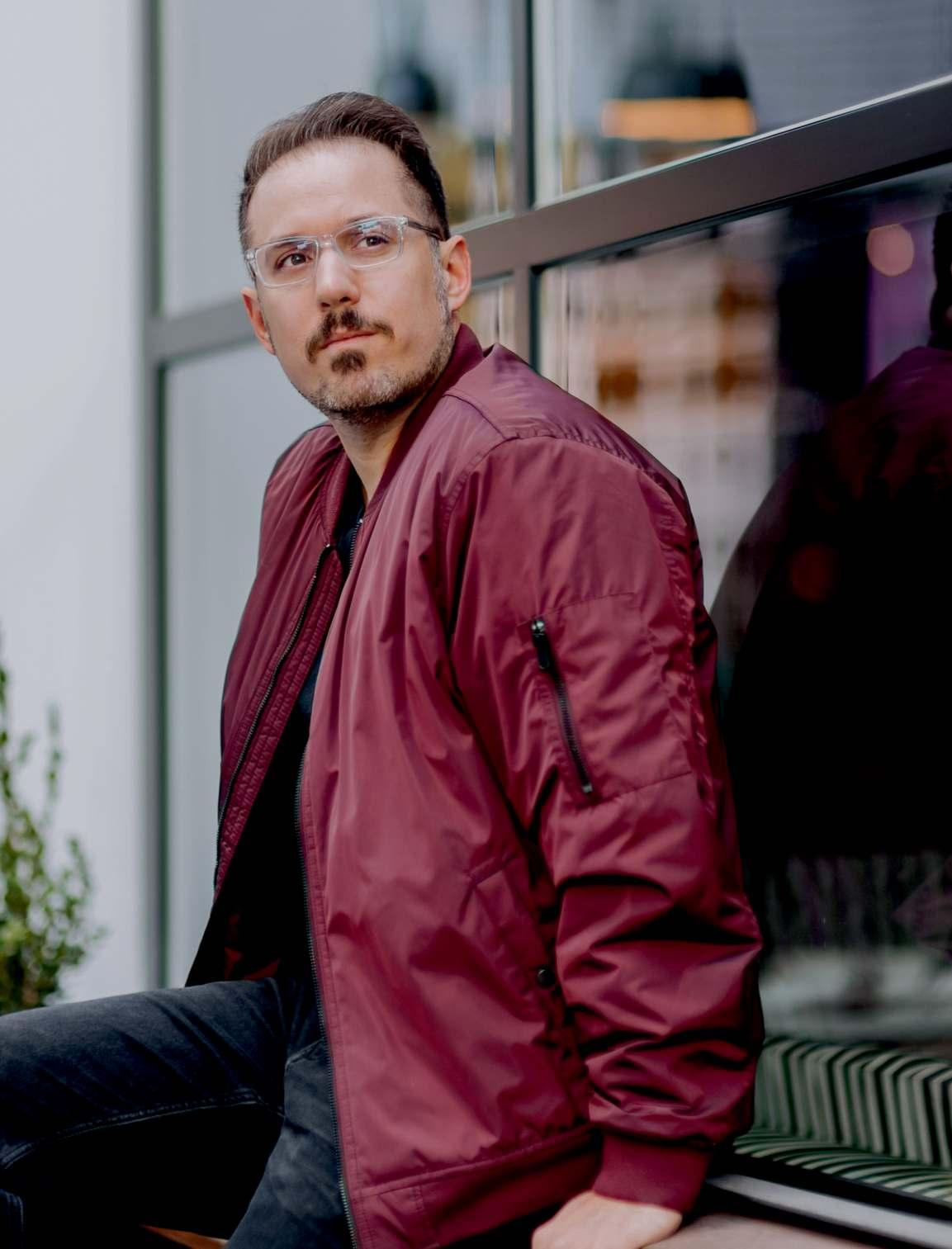
“AT THE END OF THE DAY, OUTCOMES MATTER.”
marketing, getting seen, and being a household name is one of the arduous tasks any entrepreneur has to take. The current industry space has become extremely competitive and crowded, where consumers can be seen overwhelmed with choices.
Perceiving the same and leveraging his marketing background and the relationships he has nurtured over the years, James went a step ahead to create the right image for his clients, bridging his photography skills with coaching services, and empowering his prospective clients to generate new leads and grow their businesses.
Today, James branches his exceptional services across three robust pillars.
First, he helps the clients through practical marketing strategies that increase awareness and generate prospects for them.
Second, James builds a relationship of trust and nurtures prospects with the help of a content system to become quali�ied leads for the clients.
And lastly, he establishes numerous conversion points for his clients to onboard new businesses on a growing basis.
James considers it a true privilege to see his clients grow their business 2X, 4X, or even 6X in the working timespan. However, the most signi�icant achievement for James is his clients' return due to the exceptional service being offered. He says, "Above anything else, the greatest honor I have is when my clients continue to work with me again and again, over time
as we work in concert to raise their goals year after year."
James shares light on the fact that the modern digital world has empowered everyone to take on and perform any kind of job, whether it be photography, coaching, or any other profession.
However, the prime factor that will pave the wave for success for an individual is how one de�ines the outcome of that particular job. "So, my job as a professional photographer cannot be just to take good-looking photos. Instead, I have to make images that work. Making images that work means I have to possess an in-depth understanding of my client, their goals, and the work that will help them achieve those goals," shares James.
The same goes for his coaching practice. James clearly states how easy it is to inspire someone. However, at the same time, it can take a great deal of focus and energy to work with a client to build a strategy and a roadmap that actually produces results.
Hence, as a well-known personality in the industry, James goes beyond the ordinary to help clients produce the best results they ever achieve in their business. "At the end of the day, outcomes matter."
Just like a frame for any photographer is a white canvas to be painted, James says that the idea of balancing work and life is also subjective in business parlance. What works for him might not work

for others as someone might see it as far too much work, while others might think it is not enough hustle.
A day in James' life spans across four facets which constitute a healthy, ful�illed day. Being the founder of different companies and brands, James has to structure and build boundaries within his schedule to keep things organized
and handle them in an ef�icient manner.
Another signi�icant factor is that his days are never routine or similar in any way. However, he makes sure to have a few non-negotiable habits, including his health, mindset, relationships, and growth, that he works to achieve daily to sustain balance.
And, most importantly, as a new father, James' priorities have changed signi�icantly as to how he plans his days.
"If I know I was able to make deposits into those four facets of my life at the end of the day, I can close out that day feeling ful�illed.”
Looking back at his journey, James says that he wants to tell his younger self to implement his ideas rather than piling and sitting on them. "I would encourage myself to launch my ideas before I thought they were ready, knowing now that an idea without action remains just
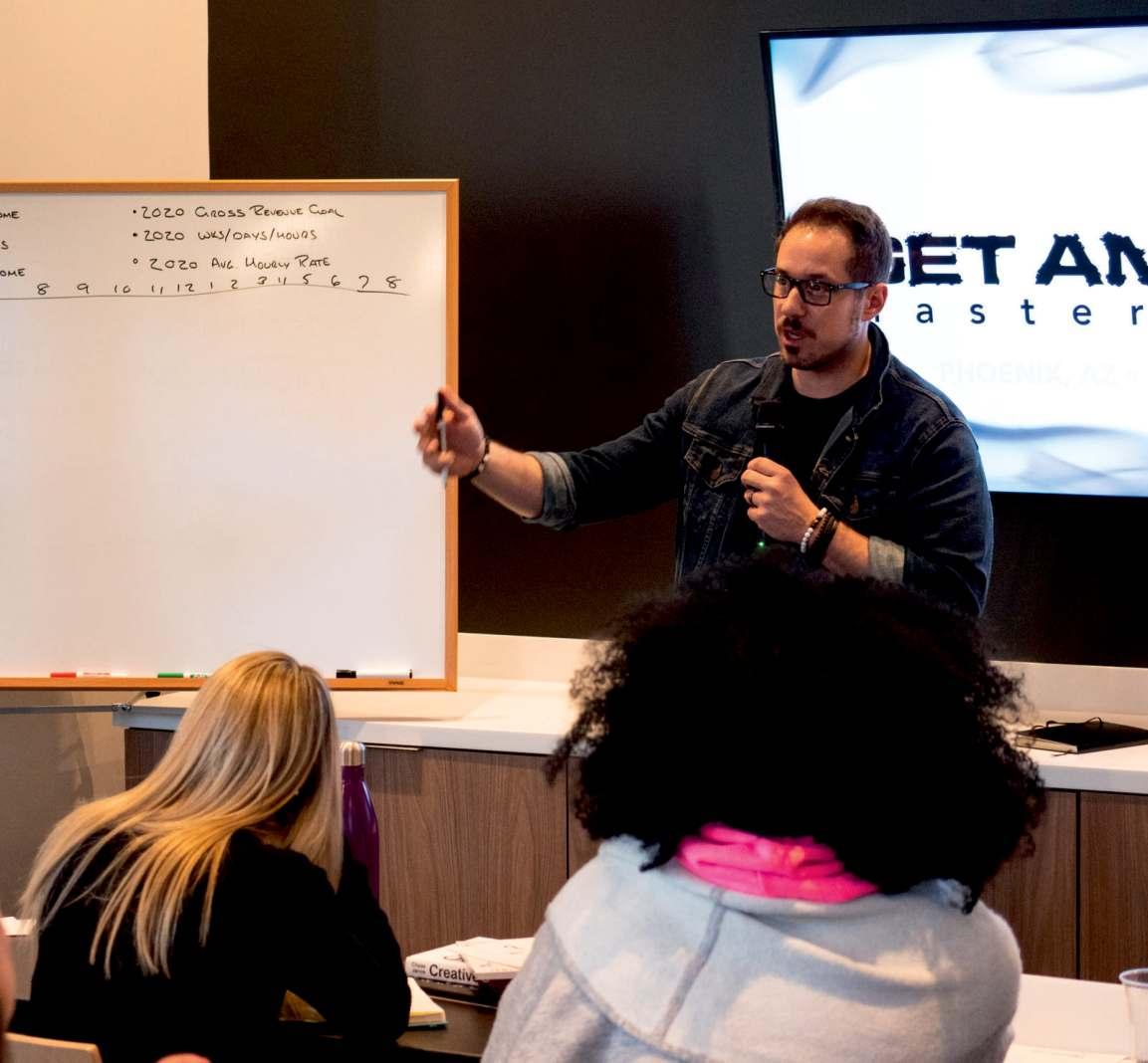
an idea. I would push myself to be proactive in the pursuit of my goals versus waiting in a mode of reaction." At the same time, he mentions how he would have liked to invest in his four facets of life much earlier than he actually did.
And for the young and aspiring entrepreneurs, James wants them to come up with a unique and worth noticing product or service. "I will often hear the same generic answers from everyone. My reply to that is always, 'would your competitors say anything different?' Of course not. They need to go beyond that."

To �ind this uniqueness, the aspirants must go to the roots of their business and �igure out what makes them different in the �irst place. "For example, �ind another photographer who has shot more magazine covers than I have. That is far from a humble brag; that is a unique differentiator that I use when marketing my services to individuals who want to appear on magazine covers," explains James.
Another area from where this differentiating factor may arise is the approach and methodology of the work. It can be in the background of the �ield, the journey, and transformation, or even the individual entrepreneurs strive to work with. In addition to that, their USP must be dynamic that evolves with the business over time as the growth progresses, instead of a static one that remains the same.
Every few years, James likes to write out a long-term statement he
sees for himself for, both personally and professionally. This document primarily covers his four facets of life: health, mindset, relationship, and personal & business development. While most of them are private, the others see the light in the form of his publishing business, overseeing a digital content network, a top downloaded podcast, and a few other print publications to provide audience with a tool they can help to grow
their awareness and leverage the power of media.
James has also put holistic goals for his health and wellness as he's a new father and plans to play an active role in his son's life going forward.



Exeleon Magazine features some of the leading players in business and shares their journey of excellence to inspire aspiring leaders across the globe.



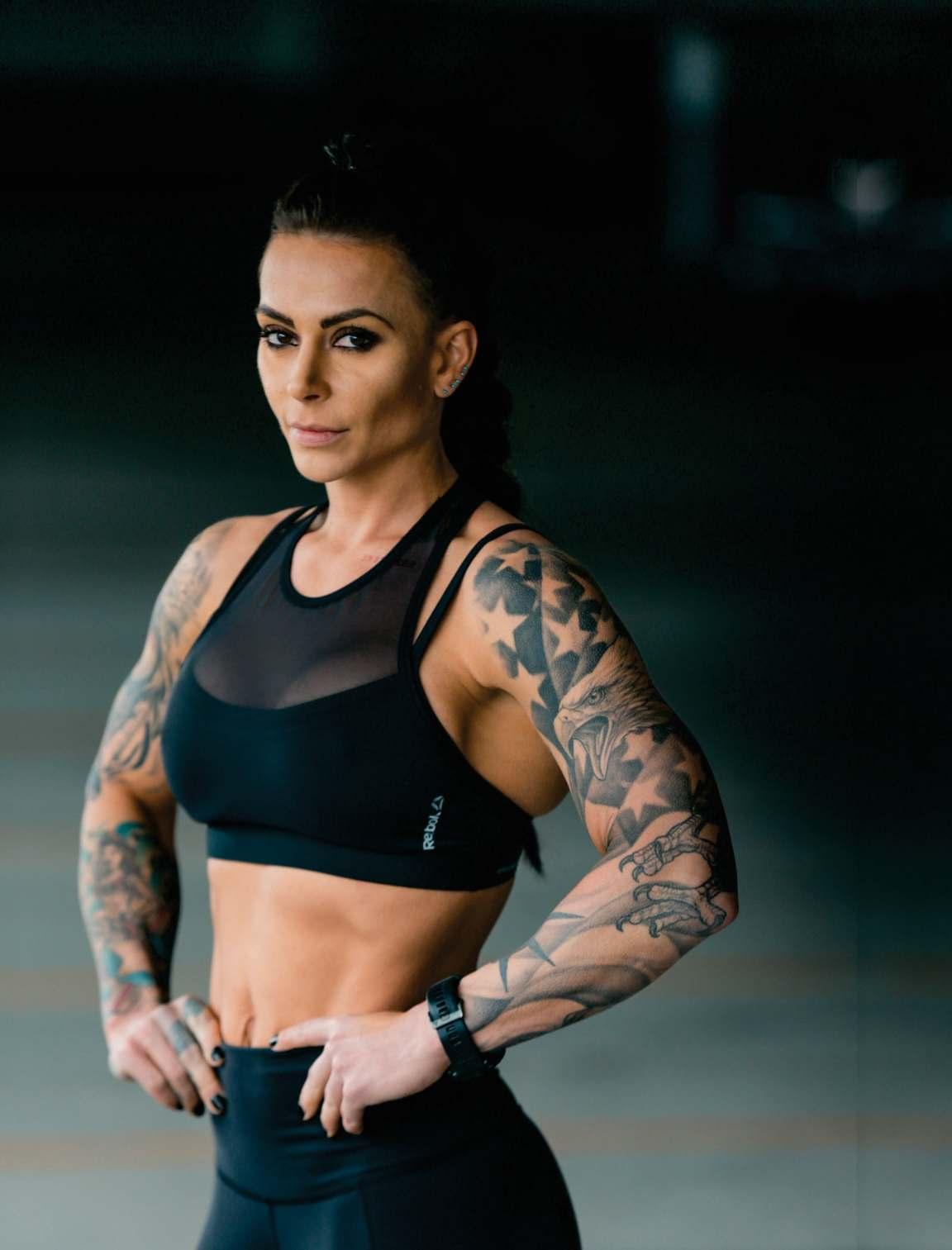
Community is core to human health and society. Communities are woven into the fabric of a healthy life, not
only socially but politically, environmentally, economically, and health-wise. And there is something very satisfying about belonging to a community and being part of something bigger than yourself.
Ashley Horner strives to live such a life, wherein she is part of a community where everybody learns and grows together. To Ashely, a community is a place that motivates and encourages her when she is feeling uncertain of some things. A place where everyone comes together with reliance and conjures the feeling of 'we are all in this together.’
For Ashely, this community represents her love for the �itness industry. Being an athlete, trainer, model, and in�luencer, she has been a �ixture of the �itness community for over a decade. Leveraging her experience of living on a military base, she has developed specialized training programs in her own unique and �ierce style. Nowadays, the transformational leader uses her platform to help others with her insights and knowledge.
Ashley's entrepreneurial side is similarly astounding, as she runs many businesses in her community of Virginia Beach She owns the world-class �itness facility American Sled Dogs, the Sled Pups children's �itness community, and the local favorite American Brew, a coffee shop, whiskey bar, and restaurant. Valkyrie Surf & Snow is her own clothing business.
As a part of the community, she advocates a lifestyle that speaks of �itness and a place where people feel good about who they are.
Understanding the ability to trust herself, Ashley paved the way for self-determined actions. According to her, being on her own has been her biggest challenge and roadblock, one which she overcame using her ability to believe. She advises that you must know the ins and outs of your business, crafts, and operations. It doesn't matter how big you or your company can grow; ethos and guidelines are crucial for you or your business' growth.
As a result, Ashley has constantly evolved as an athlete, trainer, model, and now an in�luencer. No matter the situation, whether it is training or creating �itness programs for others, she has stood tall to excel in her ultimate goal of building a healthy community.
Her commitment to being a part of the community especially extends to women. Ashley asserts, I wanted to be “ an example and a leader, especially for women, to seek beauty in their strength constantly. We often put ourselves last on the list when it comes to self-care and taking time for ourselves. For me, strength training is empowering.
My time in the gym working on myself gave me con�idence. I wanted to share my experience with women all over the world.”
In 2013, Ashley launched the Unbroken Foundation to help and support abused women and children. She also works closely with the Maison Fortune Orphanage in Hinche, Haiti. She has accomplished various athletic feats to generate funds for the orphanage and makes sure to spend time with the children regularly.
While getting the know-hows about �itness is essential, Ashley believes that the trainers must think outside of the box. They must keep aside most of what they have learned and focus on their experiences and understand the clients. She also stresses on the mentality of not relying on a 'one size �its all mentality,' and emphasizes on the need for trainers to constantly
Don't be afraid to be you! Find what it is that makes you different and tell your story. Others too will find your story and love how you are different. So don’t be afraid to be YOU!
mold, develop and create speci�ics in accordance to their clients' needs.
An instance of such can be found in the �itness programs Ashely ran for the Military, American SWAT, and Defense unit. She worked with a wide-variety of individuals with a range of �itness levels.
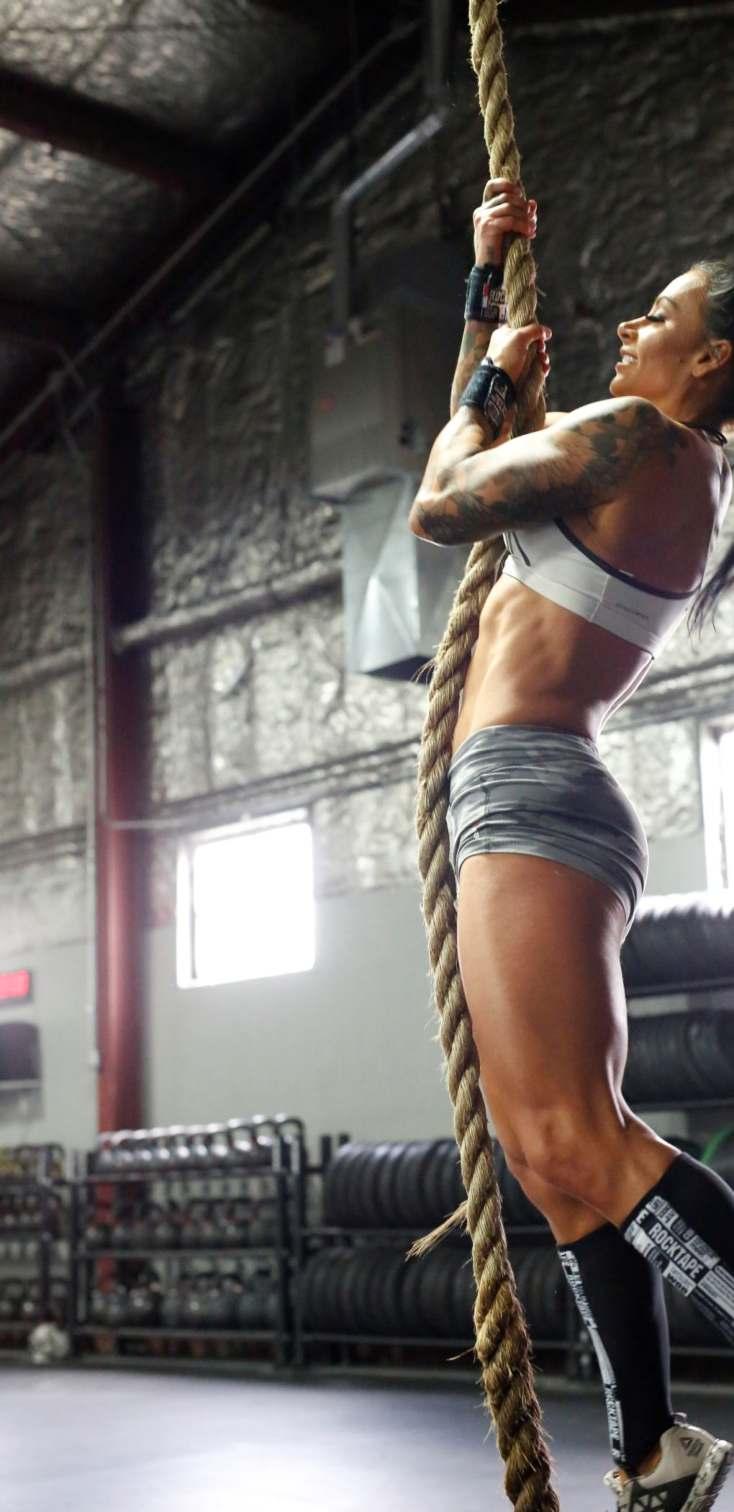
Recalling her experience, Ashley points out the striking difference between the US military units and foreign defence units, “They have the discipline to train and get the job done, but 80% of them are overworked (underpaid) and daily �itness and �irearm training is not a part of their work schedule. This is very different compared to our US military units who check into work and physically train together, have yearly physical exams they must pass, and many have access to nutritional guidance counselors all provided by the military. Foreign defense units as well as organizations like SWAT need more funding, rigid training protocols, and baselines to give these individuals access to better and more training.”

Among the many programs Ashley's platform offers, there is one that pushes the overall envelope of �itness as well as the community. The 'Transform You' program is a 10-week challenge where women and men come together to compete against one another for the most signi�icant transformation. The winner receives $5000 and an all-inclusive trip with Ashley to the Nutrition Solution HQ to spend the day and workout with her.
She believes her �itness challenge program helps foster community building and a sense of group participation among the trainees. She asserts, “This…challenge is all about community and coming together. We have weekly zoom calls, mini challenges and more to help one another stay motivated, and �inish (this) challenge.”
One of the core traits that make Ashley a transformational leader is her
understanding that leaders also make mistakes. It can be a moment of humility to walk in front of your staff, owning up to your mistake. However, it only shows that you are human and are accepting your shortcomings along with taking the proper steps to make it right.
As such, Ashley guides young aspiring women leaders in the �itness industry to be the best version of themselves. "Find yourself, your abilities, and what makes you different, and tell your story, inspire others. When others hear about your story, they will love how different you are. In no time, you will be part of a community and contributing to the betterment of others. So don't be afraid to be YOU.”
When asked what's the one thing Ashley would like to have done differently starting, she gives a plain, simple single-word answer — “nothing.” Every experience, learning, and development has made Ashley what she is today. Taking patience as her primary weapon among her arsenal, she guides us that whatever transformation you seek, whether personal or business, it will take its time. You just need to remind yourself why you are on this journey in the �irst place.
By its very nature, for forthcoming years, Ashley will continue to support her �itness community and use her platform to help those in need. Her entrepreneurial journey will seek opening another gym and expanding her restaurant, American Brew, and her Screen-Printing company American Screen Printing.
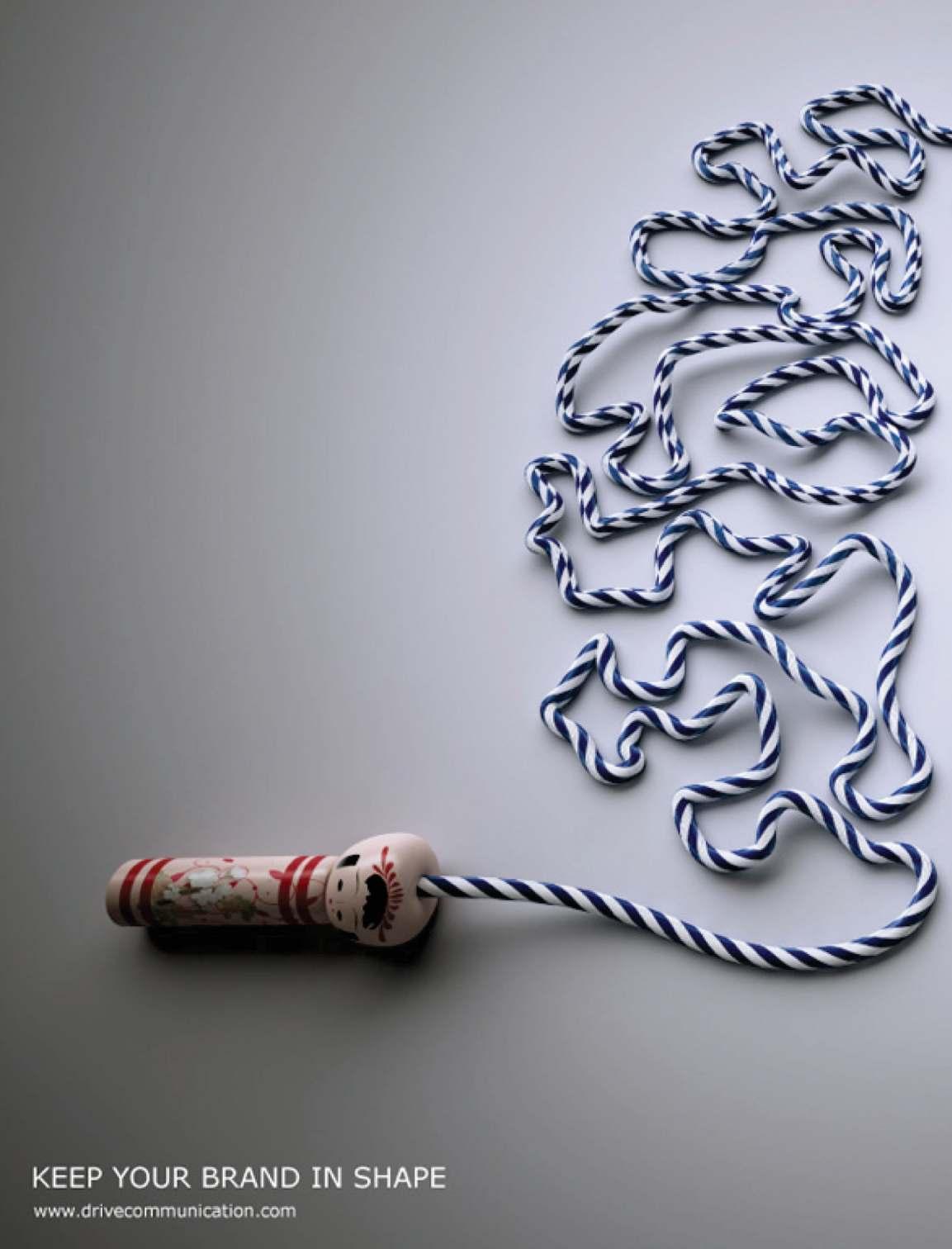
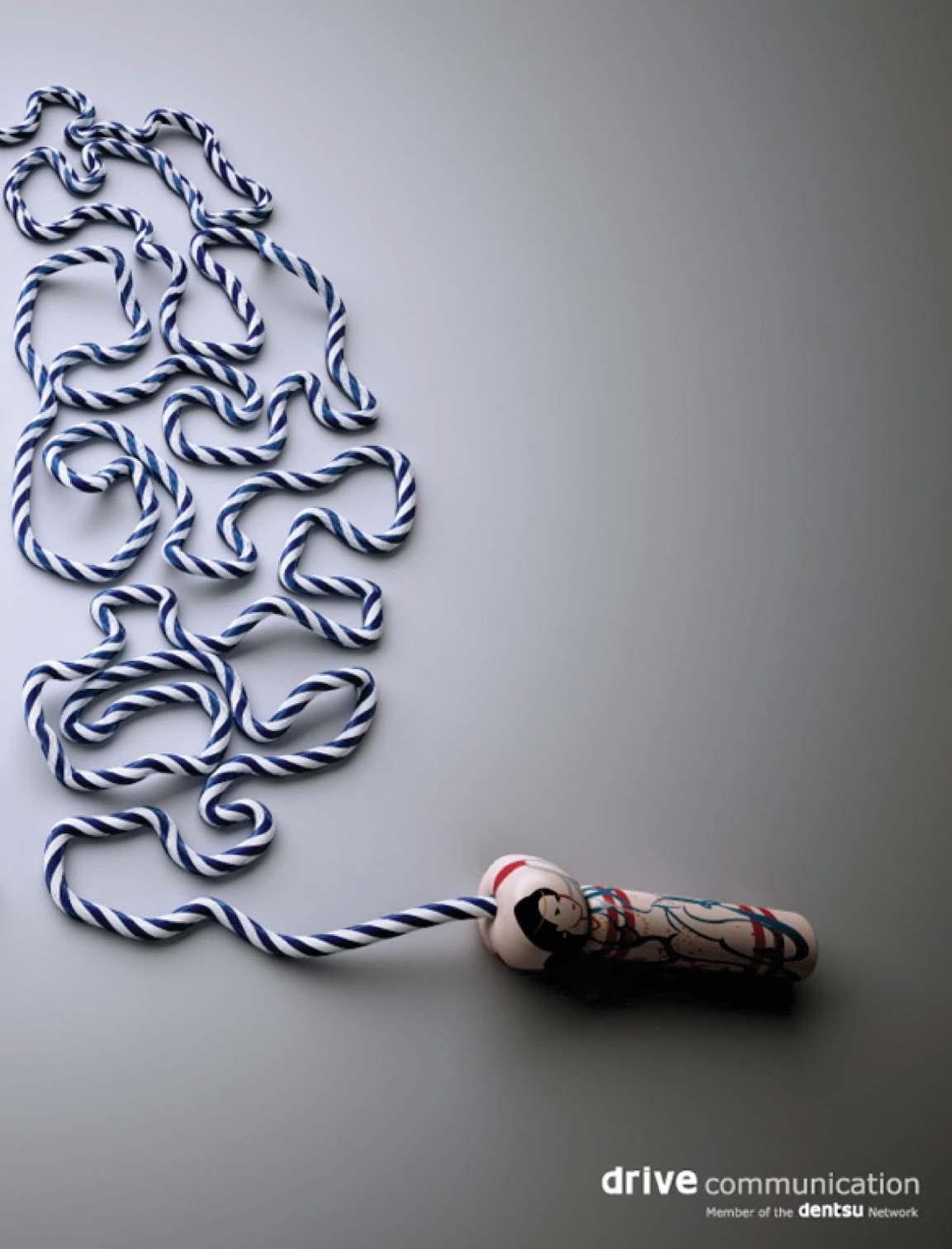
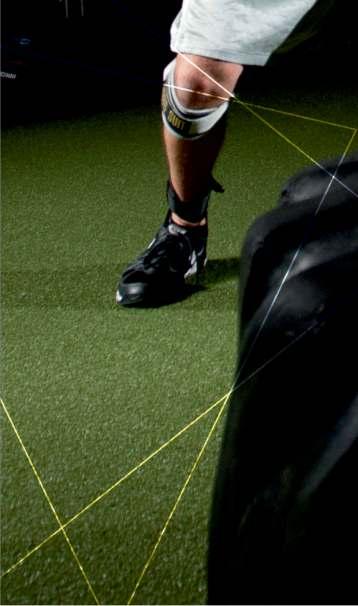

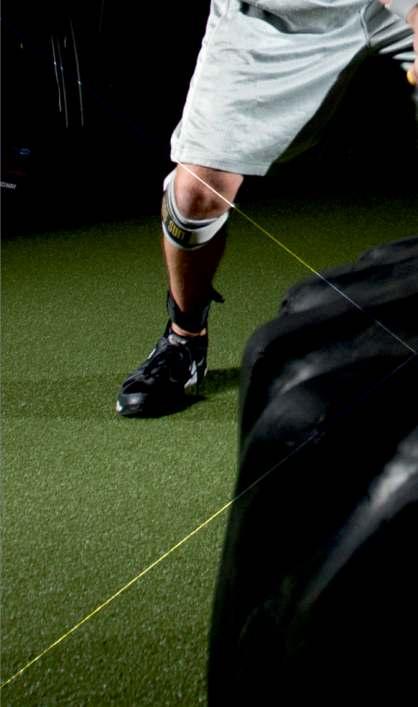
Atransformational leader is
an individual who puts the people's needs before theirs. That's where it starts and that's where it needs to continue. Most leaders truly start for the better of people, solving issues, coming up with alternatives but are lost overtime when money overshadows the love for the business. A true leader will always keep their passion, love, and what the people need before the money. Leaders will have to change their direction but always need to keep their integrity.
Creator of the world's most versatile �itness and therapeutic training tool, Jesse Nicassio is an embodiment of
this transformational leadership. He believes that you can't enter a profession thinking that this is a great way to make tons of money. You have to love it. He regards that there is a way to lead employees and run your business without sacri�icing your name. That's a leader and when this leader keeps innovating to help improve others, people will believe in you and respect you and what you have to offer.
Jesse has always been involved in sports. As a child he remembers playing many sports. He was an
active kid who did not sit still. His parents encouraged him to begin playing sports all year round to contain his high energy levels. When he was young, he had two goals. One was to play in the NFL and the other was to be an inventor. And he achieved both.
Out of college, Jesse was picked up by the St. Louis Rams and played for the Rams and Colts. It was an amazing experience which taught him so many lessons. He is a thirdgeneration inventor following his great grandfather who invented the orange cone and snap on puzzle mats and now decades later, he sells and installs those puzzle mats.

Jesse started working-out in middle school, so he had the drive and passion for �itness. His mind was always running so his creative juices were always �lowing. At the tail-end of his footballing career he invented his �irst product called the EZ Kicker Football. From there he invented his famous product the 'MASS Suit'. This launched him into the athlete product market and eventually led him to selling all athletic and �itness products which he has used throughout his life. Jesse has actual experience and knowledge of what and how to use certain �itness equipment. He is not just an average salesman like many others out there.
Jesse uses his knowledge to improve the health and �itness market to allow individuals to live a happy and healthier lifestyle. By creating �itness classes and routines, he has given thousands the chance to lose weight and get on track to looking and feeling the way they dreamed of. With the science of his training products, Juke Performance and Jesse have entered into the markets of helping people with Autism, Cerebral Palsy, Cancer and other special needs or diseases. His extensive research and work has put him in the �ield of helping out wounded soldiers and others who have suffered traumatic injuries.
Juke Performance was created with Jesse's background and experience in sports. He has worked and played with some of the best athletes and trainers and has used top of the line equipment, thus giving him a strong foundation to create an athletic/�itness equipment company.
Juke Performance has helped people in many ways but the product that stands out the most is the MASS Suit. MASS Suit is one of the most dynamic products on the market. The Suit improves athletes and �itness enthusiasts in their speed, strength, power, agility, and endurance. It is used by athletes across different sports. You can wear it in the pool, on a bike, out for a run, and during your high-performance trainings.
Jesse mentions that this is truly one of the greatest functional training products on the market. Having worked with professional athletes in the NFL, NBA, MLS, UFC, and PGA, he feels remarkable what each athlete feels while wearing the Suit. After training in the Suit, you will feel sore in certain areas the following day. That will tell you where you need to concentrate to improve strength and ultimately decrease the chances of injury.
The biggest roadblock Jesse faced while starting his new business was lack of funds. The funds to keep the wheels turning. It costs a whole lot more than what most think to start and run a company and money is a hard thing to come upon. “I did not come from money or was given money. I had to earn it myself or go out and �ind it. Everything else that you think is a roadblock you just �ind a way or learn it yourself,” added Jesse.
“My journey has not been easy. It's been a long journey. I knew that this stage of my life was going to be a lot of learning and educating. Every year we improve but it's a lot of hard
work, failures and discovering new ways to improve,” said Jesse.
At Juke Performance Jesse pretty much wears all hats. He tries to delegate tasks but oversees all projects when it comes to the �inal decision. He handles most of the marketing along with their marketing director just because he loves marketing and providing concepts which are then handed over to the graphic designer. He likewise handles sales and personal relations. He also helps in designing the gyms and installations and builds some of the equipment, so he knows how it's built and if anything goes wrong how to �ix it. Jesse even drops simple products off to meet clients in person and to talk with other owners. “All CEO's need to remember that they are never too big to do the grunt work,” asserts Jesse.
Jesse strongly advises to follow your ideas and passion until the end. An idea without execution is just an idea. “I hear all the time; I had that Idea, or I have an idea. So many people waste their time and money to get a patent and never do anything with it. Don't be one of those people,” said Jesse. He further added that along the way if you bring your idea to life there will be tons of haters and people telling you 'no'. Don't listen and move on to the next. Also, prepare yourself for stress and lack of money!
Jesse assured that the future looks bright for him as well as Juke Performance. They have many more
stages to complete. They are working on the third stage right now with the growth of the company.
“Who knows where that will lead us but we have a couple more stages to complete after this? You may �ind us in the tech world one day,” added Jesse.
Jesse asserted that he will always want to keep selling and developing products, but he is not old school and loves innovative projects. He believes that one has to keep up with the times but also not abandon our past because people love simple products. “You won't bench press a computer or your smartphone.
People will always want dumbbells, barbells and the MASS Suit to further their strength and speed!” explained Jesse.

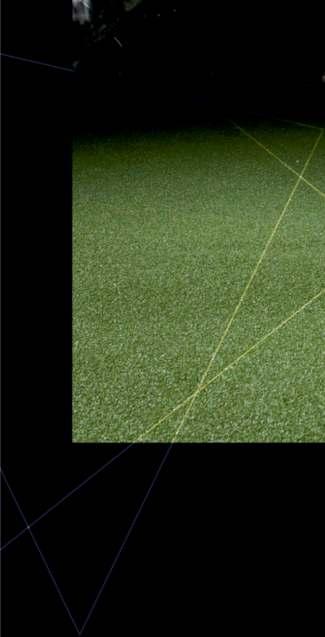


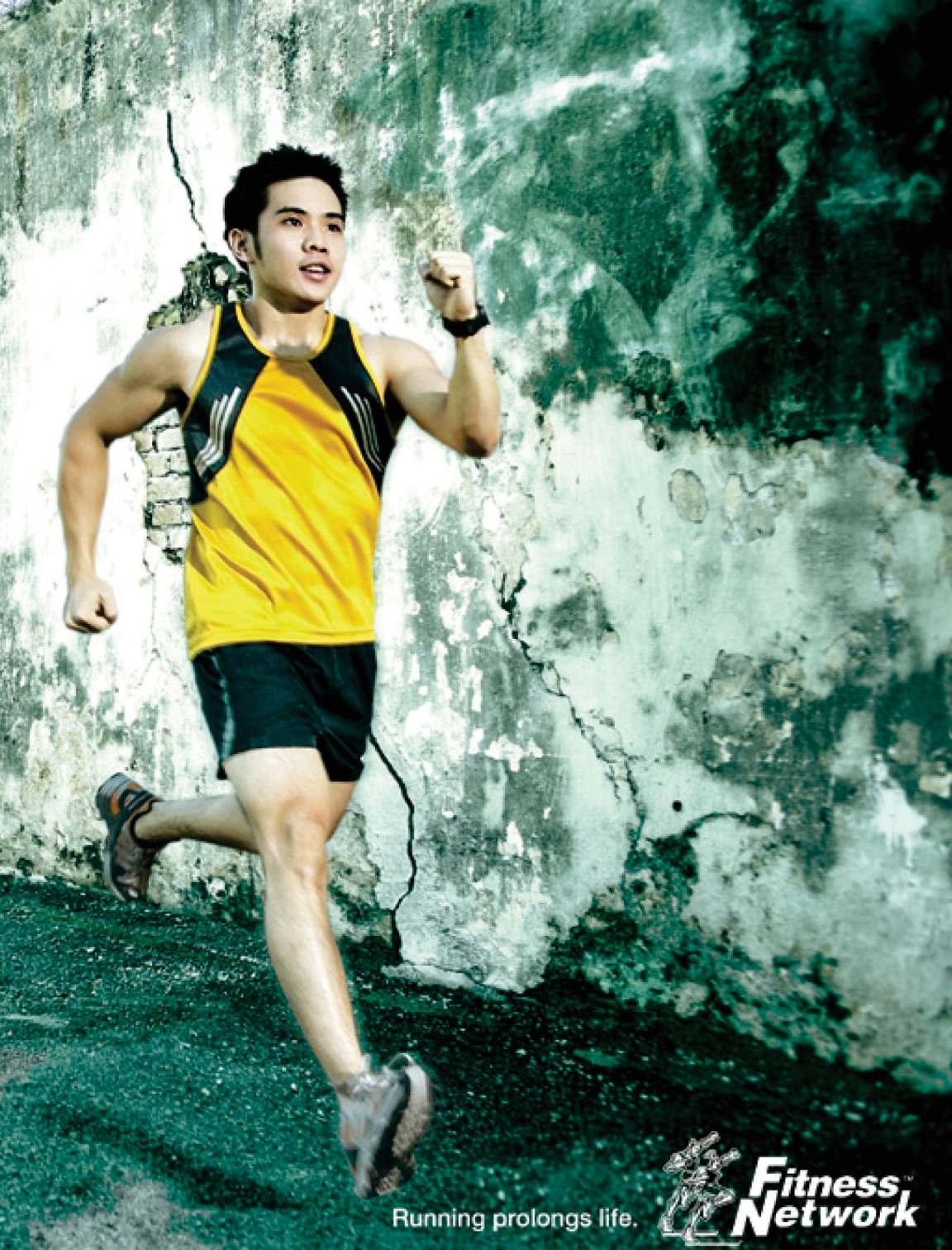


If you're reading this, chances are you're a �itness professional interested in the ways in which psychology intersects with your work. Perhaps you want to help clients with behavioral change, or maybe you're looking to balance your own self-care with caring for your clients. In either case, you understand that wellness requires a holistic approach, incorporating both the mind and body.
traumatic event experience symptoms like these in the days following the incident. For many people, these symptoms eventually pass. But for others, symptoms linger, compound, and don't resolve themselves. When this happens, a person could bene�it from mental health services to process the trauma.
In my practice, I provide adjunctive
My work is at the intersection of mental and physical health. I'm a trauma-informed personal trainer. You know how sometimes a friend, loved one, or client struggles in the aftermath of an overwhelming experience? Maybe they develop insomnia, aches and pains, or panic attacks. Or perhaps you notice they have new and distorted beliefs about themselves, diminished selfcon�idence, lethargy, spaciness, irritability, or withdrawal. These are common responses to trauma and can be addressed, in part, through movement.
Trauma is more common than you think
Many people who are exposed to a

services to clients processing trauma in therapy. It's certainly a �itness niche. It's also my calling. I combine exercise science with trauma healing modalities, polyvagal theory, and mindfulness to help clients build skills they can use in therapy — and in the world at large.
While I certainly don't think every personal trainer and movement instructor needs to be “trauma informed,” I know from experience that having a basic understanding of trauma will make you better at what you do.
Understanding trauma allows you to help your clients
Written by Laura KhoudariIf you work with people, you're going to encounter trauma. And if you plan to stick with clients for the long haul, you're going to be training them in good times and bad. With a fundamental understanding of how trauma impacts your clients' physiology, you'll be better equipped to help your clients meet their goals and keep training even when they're going through challenges in their personal lives.

How trauma affects your clients' performance and recovery
One in 11 people will be diagnosed with post-traumatic stress disorder (PTSD) in their lifetime. Many of these people want to work out, but �ind that trauma, which is usually relegated to the purview of therapists, is keeping them from pursuing their �itness and movement goals. So, while most �itness professionals don't need to be quali�ied to help with trauma healing, you do need to be able to recognize the signs of trauma, PTSD, and a distressed nervous system. This will allow you to write a program that's best suited to your
clients' needs and the state of their body's systems.
Remember, trauma is physical. It affects the endocrine, cardiovascular, musculoskeletal, and nervous systems. Trauma can result in:
•A diminished work capacity
•Poor recovery
what to do when:
•A client con�ides in you about a potentially traumatic experience
•A client discloses a trauma disorder, such as PTSD
•A client with chronic stress has stalled out and is no longer making progress
•A client has a panic attack or �lashback during training
boundaries with clients.
Additionally, a trauma-sensitive approach will better equip you to work with clients who struggle with chronic stress. Chronic stress compromises the nervous system in similar ways to trauma, making the programming skills offered here relevant to those needs as well.
A trauma practitioner, and certi�ied personal trainer, Laura Khoudari is passionate about giving people the tools they need to heal from trauma and cultivate mental health and wellness. Her work has been widely recognized by the trauma and �itness community, and she has been featured on Buzzfeed, UpWorthy, Outside Online, Medium, Vice, Nike, and Girls Gone Strong. She lives in New York City with her family and two cats.
•Changes in posture
•Decreased body awareness
•Anxiety triggered by speci�ic movements and positions
When this happens, your clients need support that they feel is safe. You'll need to intentionally work with nervous system arousal in a titrated way.
The bene�its of becoming trauma-sensitive
Beyond knowing how trauma affects movement, �itness professionals could go on to become trauma-sensitive. A trauma-sensitive �itness professional receives training in
A trauma-sensitive approach to these scenarios will allow you to:
•Recognize the signs of a distressed nervous system in someone currently living with trauma or chronic stress, even if your client has not selfidenti�ied as such.
•Write a program suited to the state of your client's movement system.
•Provide unique programming, so your clients with less tolerance for stress can still work toward their goals with reduced risk of setbacks from injury or overwhelm.
•Understand your scope of practice and how to have
Where to start?
If your goal is to help clients show up and train in a sustained fashion — even when life throws them curveballs — familiarizing yourself with how trauma impacts the mind and body bene�its everyone involved. Here is a list of books I share with movement practitioners who want to learn more about working with trauma. These books will give you some of the basics. And if you feel inclined to go deeper by getting professional guidance and mentoring or taking some professional training, you'll have a nice foundation to start from.

Lifting Heavy Things: Healing Trauma One Rep at Time by Laura Khoudari

In my �irst book, I give readers insight into how trauma “shows up” in the gym and everyday life and how to turn a movement practice into a healing practice. Fitness professionals will learn more about my approach to working with clients through my own story, research, and practical tools.
The Body Keeps the Score: Brain, Mind, and Body in the Healing of Trauma by Bessel van der Kolk, M.D.
This is an essential book for individuals interested in working with trauma. Dr. Bessel van der Kolk, a clinician, researcher, and teacher, has contributed tremendously to the �ield of trauma study. The Body Keeps the Score explores how trauma literally changes the brain and body and presents a number of promising body-based trauma treatments — explaining not only the treatments, but also why they work. Be forewarned: this is a challenging read that many people with trauma (and even those without) may �ind triggering.
In an Unspoken Voice: How the Body Releases Trauma and Restores Goodness by Peter Levine
Peter Levine, the creator of Somatic Experiencing, is a psychologist with a background in biophysics. He has spent over 40 years studying stress. In an Unspoken Voice explains his �indings in biology, neuroscience, and body-oriented psychotherapy and provides a framework for understanding and working with trauma through the body.
David Emerson is the founder of Trauma Center Trauma-Sensitive Yoga (TCTSY), an evidence-based practice for healing psychological trauma. In Overcoming Trauma through Yoga , Emerson explains TCTSY forms and the rationale behind the practice, which has many parallels to the trauma-sensitive approach I've put forth here.
The Deepest Well: Healing the Long-Term Effects of Childhood Adversity by Dr. Nadine Burke Harris
Dr. Nadine Burke Harris is the current surgeon general for the state of California. The Deepest Well explores how childhood trauma has long-lasting effects on our physical health. Through skillful storytelling, Harris shares how she came to understand untreated childhood trauma as a public health issue.
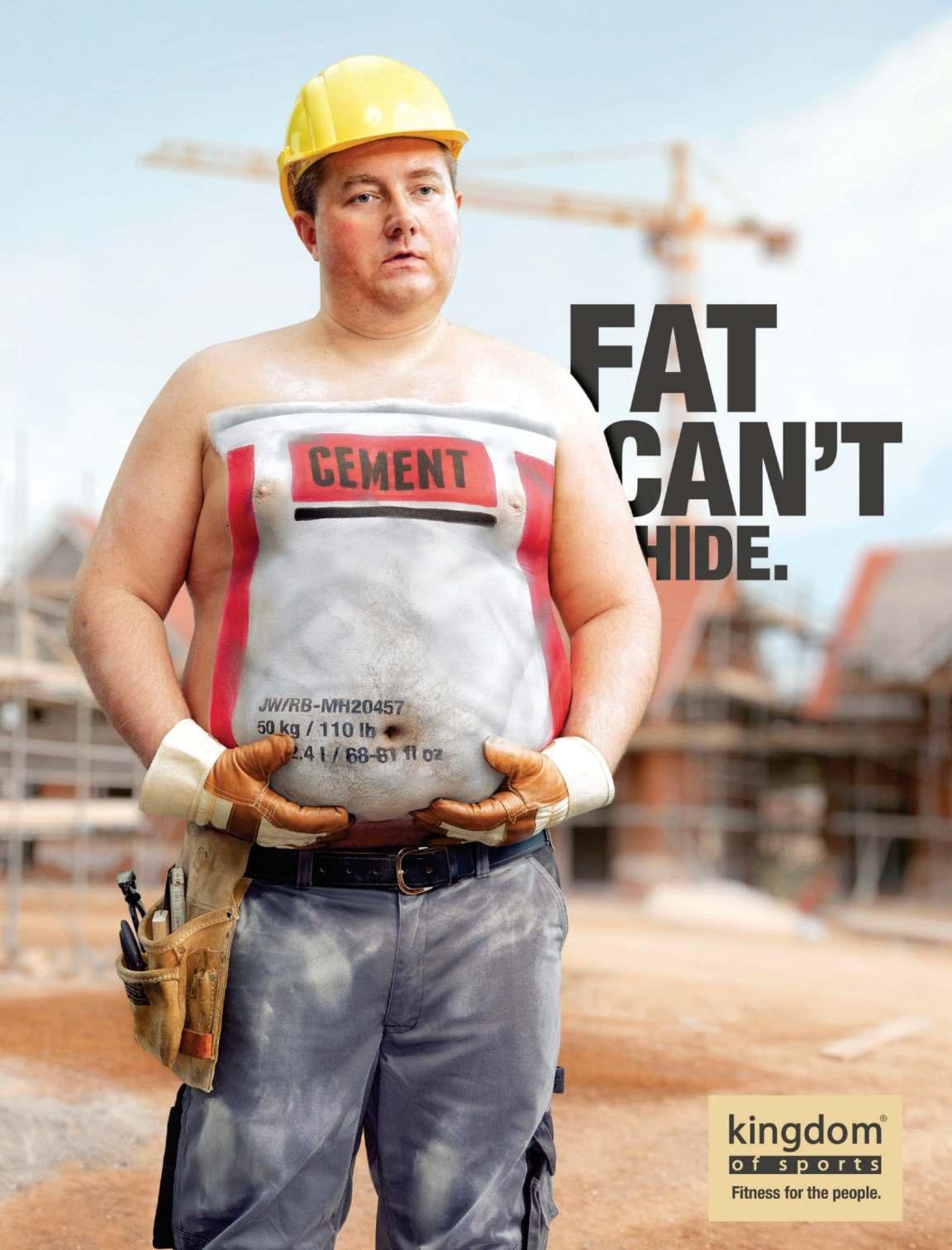
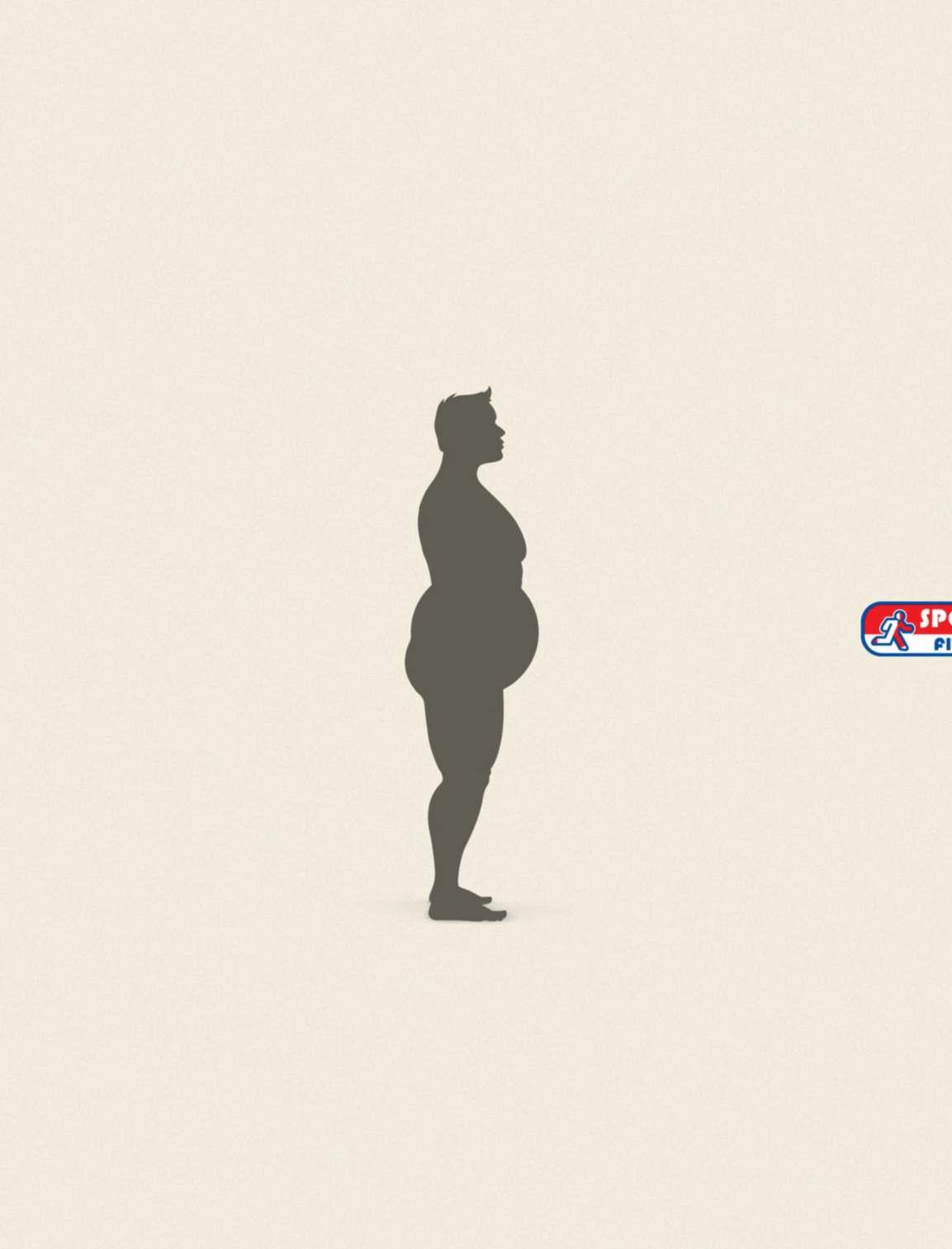
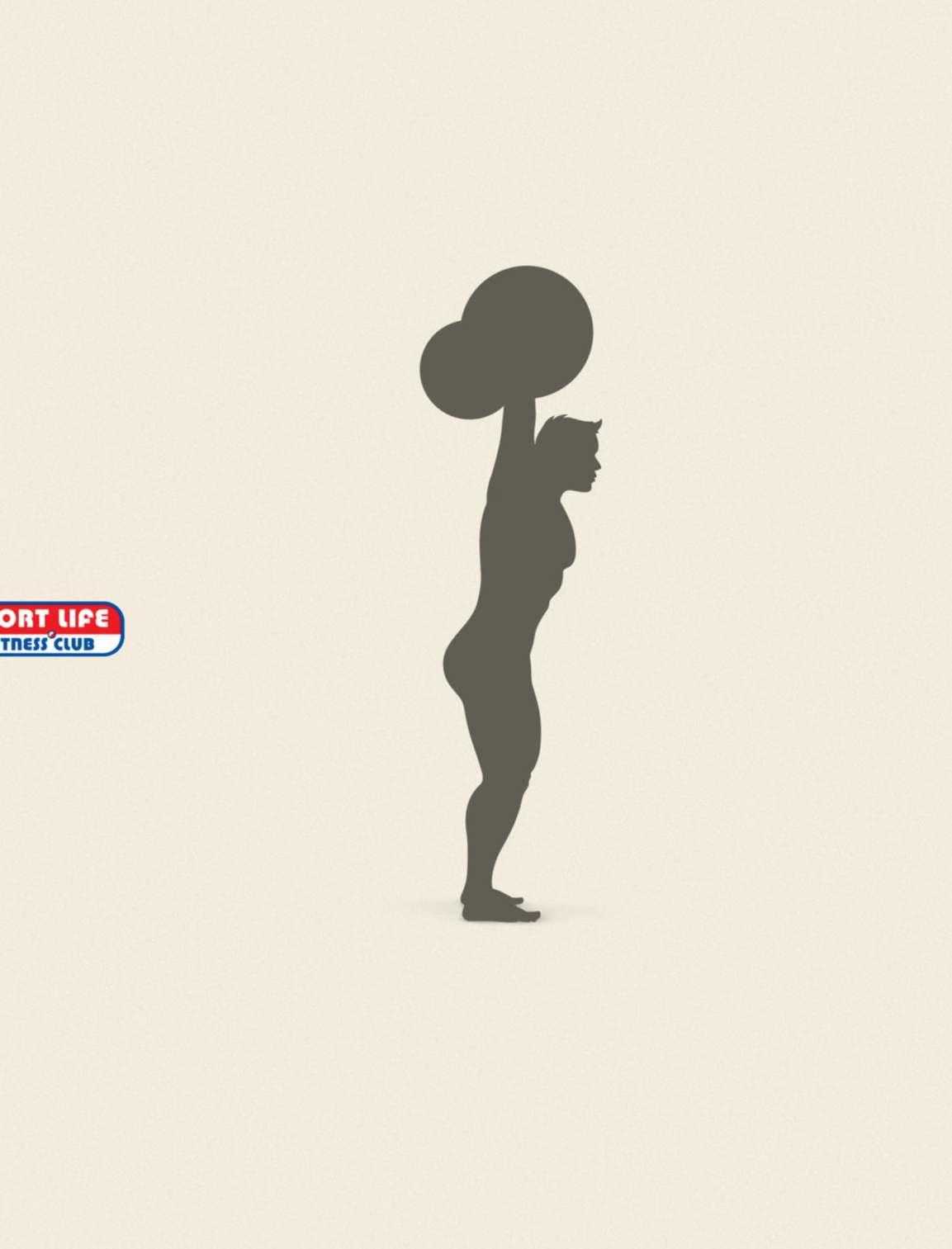

 Written by Mia Lazarewiczis
Written by Mia Lazarewiczis
Fitness seems so basic. We were born with
our bodies, and we innately know how to use them. Don't you just move your body in some direction or another and become �it? How could movement be complicated? Even amoebas and Republicans know how to move. Isn't moving the most intuitive thing we do? The answer is yes. Movement is beautifully innate.
Every type of movement is useful in some way for us and our bodies. All movement is essentially equal in this way. When it comes to health, you can bene�it from anything you like to do, whether that's wearing high heels, Jazzercise, crawling on the �loor, or archery.
But there is an important caveat to this. While all movement is essentially equal, all programming is not . Ignoring programming is a critical miss for anyone who has any kind of goal.
So let's talk about Finding Nemo for a minute. If you prefer to �lit around like Dory with no particular direction or destination (and many people do), then random movement is perfect. Just keep swimming somewhere. You'll get some good health outcomes from it.
But if you'd like a particular outcome — get stronger, faster, or live without pain — then you
need a plan, no matter what athletic ocean you're trying to navigate.
And this is where you might need to stop exercising.
In my de�inition of �itness, there are three levels. They are, in order from least to most speci�ic, Exercise, Working Out, and Training . The �irst two are the ones that make intuitive sense. Move in some way, at some intensity, for some length of time, and get some results. Most people live their lives somewhere between Exercise and Working Out.
But it's level three, Training, that people forget or ignore.
And it's level three, Training, which brings all of the speci�ic outcomes that people crave for their bodies.
Let's take a look at these levels as if they were �ish, turtles, and birds.
To me, Exercise is just moving your trunk and limbs. You could be grocery shopping, folding laundry, or pacing back and forth in your house
after yet another infuriating email from your boss. Maybe you're spending a few minutes trying to loosen the crink in your neck, or playing tug of war with your dog. Poor Dory was perpetually Exercising, because she couldn't remember anywhere, she needed to go.
The Outcomes of Exercising: All movement is good movement, so yes, random moving around is good for you. Being on your feet all day chasing a two-year-old is de�initely hard work. So is cleaning your house. Dory was �it as hell. She swam across the entire ocean on a whim! But Exercise de�ined this way is highly unspeci�ic. It comes with random health outcomes. You can't predict what will and won't improve. For anyone who has a goal to get out of back pain, to lose weight, to improve their blood counts, to get bigger muscles, this will never do it.
You gotta level up.
Level Two: Working Out (Crush and Squirt)
Working Out is the next level up from Exercise. I think of Working Out as a choice to move with some direction, effort, and intention. You're not happening to move on your way to doing something else; you're choosing to set time aside for an athletic purpose. Working Out is how I categorize going for a walk, taking a HIIT class on YouTube, and riding the East Australian Current. Crush and Squirt had some gnarly place to be, but they were
also perfectly happy to �loat haphazardly towards their target while eating a bunch of gummies and high-�iving each other.
The Outcomes of Working Out: Working Out is more speci�ic than Exercise, so we end up with more speci�ic outcomes than Exercise. Again, all movement is super. If you're happy here, beautiful. But if every workout is random, then every outcome will be random. It's not great for targeted goals.
Think of Working Out this way: If Monday is yoga, Tuesday is mobility, Wednesday is cardio, Thursday is upper body, Friday is running, Saturday is pilates, and Sunday is leg day, then you've got a person who is exercising SEVEN DAYS A WEEK and might not see much change in anything. Nothing could be more discouraging to someone who is working tirelessly to improve their body.
Working Out will get you to some goals, no doubt. Just like how the EAC will be a perfect pathway, so long as your goal is “somewhere in the southeast Paci�ic.”

If you need more speci�icity than that, then you need the next four paragraphs.
Level Three: Training (the seagulls who say “Mine!”) Training is the third level of �itness. Like Working Out, it is a chosen, deliberate workout. The difference is that it is one of twenty or �ifty deliberate workouts. Training is almost never random. You're only Training if you have a starting point, a plan, and an intended �inishing point.
Mia Lazarewiczis a Boston-based personal trainer, strength coach, and adult gymnast who picked up American Ninja Warrior on the way. She has worked with a host of individuals from high-level athletes to �itness enthusiasts who are just starting out. Moreover, she has featured across various publications and shares her knowledge and insights through her writings.
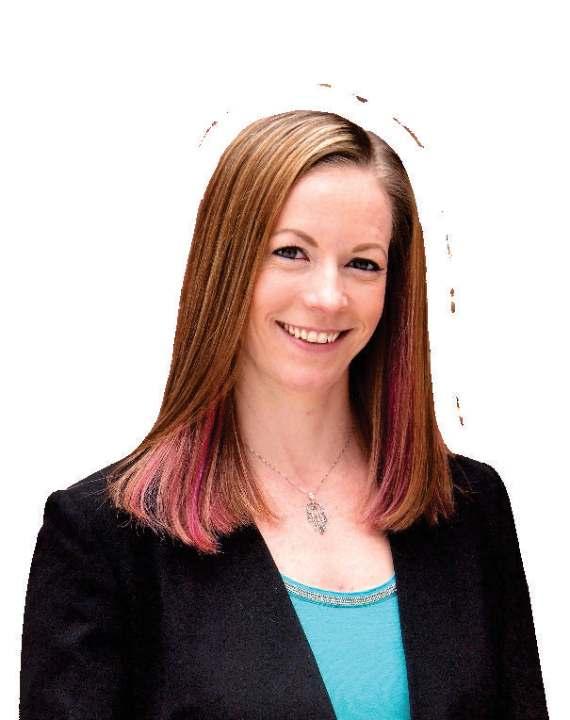
Those points can be anything you want them to be, but the pathway should be speci�ic to those points.
Those seagulls? They were laser-focused. They had one goal (�ish) and one way to get it (unrelentingly demand it). They swooped, swarmed, dove, and chased even just two tiny �ish at full speed. Such commitment! If you have goals, be a seagull, although maybe a little smarter.
The Outcomes of Training: When it comes to clear, observable change in the human body, we need Training. Goals can span an in�inite range, but almost everyone wants to get something out of all their work. Whatever your something is, it probably lies at the end of a Training cycle.
Don't know how to do this? That's what coaching is for. Get a personal trainer, in person or online, and get some individual attention. Movement is intuitive, but Training is not. Ask for help!
Training is not only for elite athletes. It's a misconception that programmed �itness is for running marathons, competing in the Olympics, or rowing in the Head Of The Charles.
This is wrong. You can Train anything. All it means is having a plan for a couple months, evaluating how you're doing, and then adjusting what needs adjusting.
It's also a misconception that if you're not Training then you suck and everything is garbage. I am not saying that, and it's not correct. Many people are happy simply being on their feet most of the day, and being happy is targeted goal #1.
But if you feel constantly frustrated by trying everything you can and not feeling any closer to your goals, your approach might need adjusting. It might be time to stop Exercising, maybe even to stop Working Out, and to start Training instead. Choose a goal, �ind a coach, and then seagull the shit out of it.



